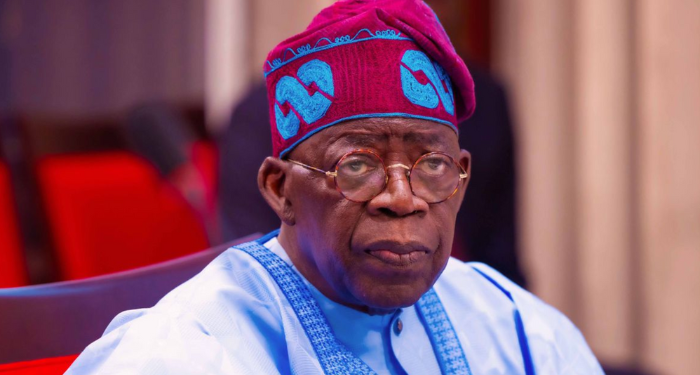Nigeria’s total public debt surged to ₦149.39 trillion as of March 31, 2025, representing a ₦27.72 trillion or 22.8% year-on-year increase from the ₦121.67 trillion recorded at the end of Q1 2024. The Debt Management Office (DMO) also reported a quarter-on-quarter rise of ₦4.72 trillion or 3.3% from ₦144.67 trillion as of December 31, 2024.

This continuous upward trajectory reflects a combination of fresh borrowings and the depreciation of the naira, which has significantly impacted the valuation of Nigeria’s external debt.
External Debt Climbs to ₦70.63 Trillion Amid Weaker Naira
As of the end of Q1 2025, Nigeria’s external debt stood at ₦70.63 trillion (approximately $45.98 billion), up from ₦56.02 trillion ($42.12 billion) in the same period in 2024. This marks a ₦14.61 trillion or 26.1% year-on-year increase.
On a quarterly basis, the external debt rose slightly by ₦344 billion or 0.5% from ₦70.29 trillion in December 2024. While the dollar component increased by $3.86 billion, the significantly sharper rise in naira terms highlights the mounting impact of currency depreciation on external liabilities.
The Central Bank of Nigeria (CBN) used an exchange rate of ₦1,330.26 per dollar in Q1 2024. Although the Q1 2025 rate wasn’t disclosed, the rising naira-denominated debt suggests a further depreciation, amplifying Nigeria’s repayment burden for dollar and euro-denominated loans.
Nigeria’s external debt includes obligations to multilateral lenders like the World Bank and AfDB, bilateral partners, and commercial creditors, such as Eurobond holders. With the naira’s declining value, the cost of servicing these debts has become increasingly onerous.

Domestic Debt Nears ₦79 Trillion, Driven by Increased Borrowing
Nigeria’s domestic debt also rose sharply, reaching ₦78.76 trillion (about $51.26 billion) by March 2025. This reflects a ₦13.11 trillion or 20% increase from the ₦65.65 trillion recorded in March 2024. Compared to Q4 2024, it rose ₦4.38 trillion or 5.9% from ₦74.38 trillion.
The Federal Government accounted for ₦74.89 trillion of the total domestic debt, while states and the Federal Capital Territory (FCT) held ₦3.87 trillion. Notably, state-level domestic debt declined slightly from ₦3.97 trillion in Q4 2024 and ₦4.07 trillion in Q1 2024 — a drop linked to stronger revenue inflows from the Federation Account Allocation Committee (FAAC), enabling better debt servicing at the subnational level.
Domestic borrowing typically comprises instruments such as Treasury Bills, FGN Bonds, Sukuk, and Green Bonds, used to bridge budget deficits. Although insulated from exchange rate risks, these instruments still carry high interest costs.
Debt Composition and Fiscal Implications
By the end of Q1 2025, Nigeria’s total debt profile showed a near-even split, with domestic debt making up 52.7% and **external debt at 47.3%. This compares to Q1 2024, where domestic debt held a 54% share and external debt stood at 46%.
The rising share of external debt, especially in naira terms, underscores the currency risks associated with heavy reliance on foreign borrowing. At the same time, the persistent growth in domestic debt signals a continued effort by the government to tap into the local capital market, raising concerns about debt servicing costs and potential crowding out of private sector investment.

Sustainability Concerns
With Nigeria’s public debt approaching the ₦150 trillion mark, fiscal sustainability has come under renewed scrutiny. The soaring cost of debt servicing now consumes a significant portion of the national budget, raising alarms among economists and financial analysts.
Unless structural reforms are implemented — particularly around exchange rate stability, revenue generation, and fiscal discipline — the debt burden may continue to escalate, posing long-term risks to Nigeria’s economic stability.




